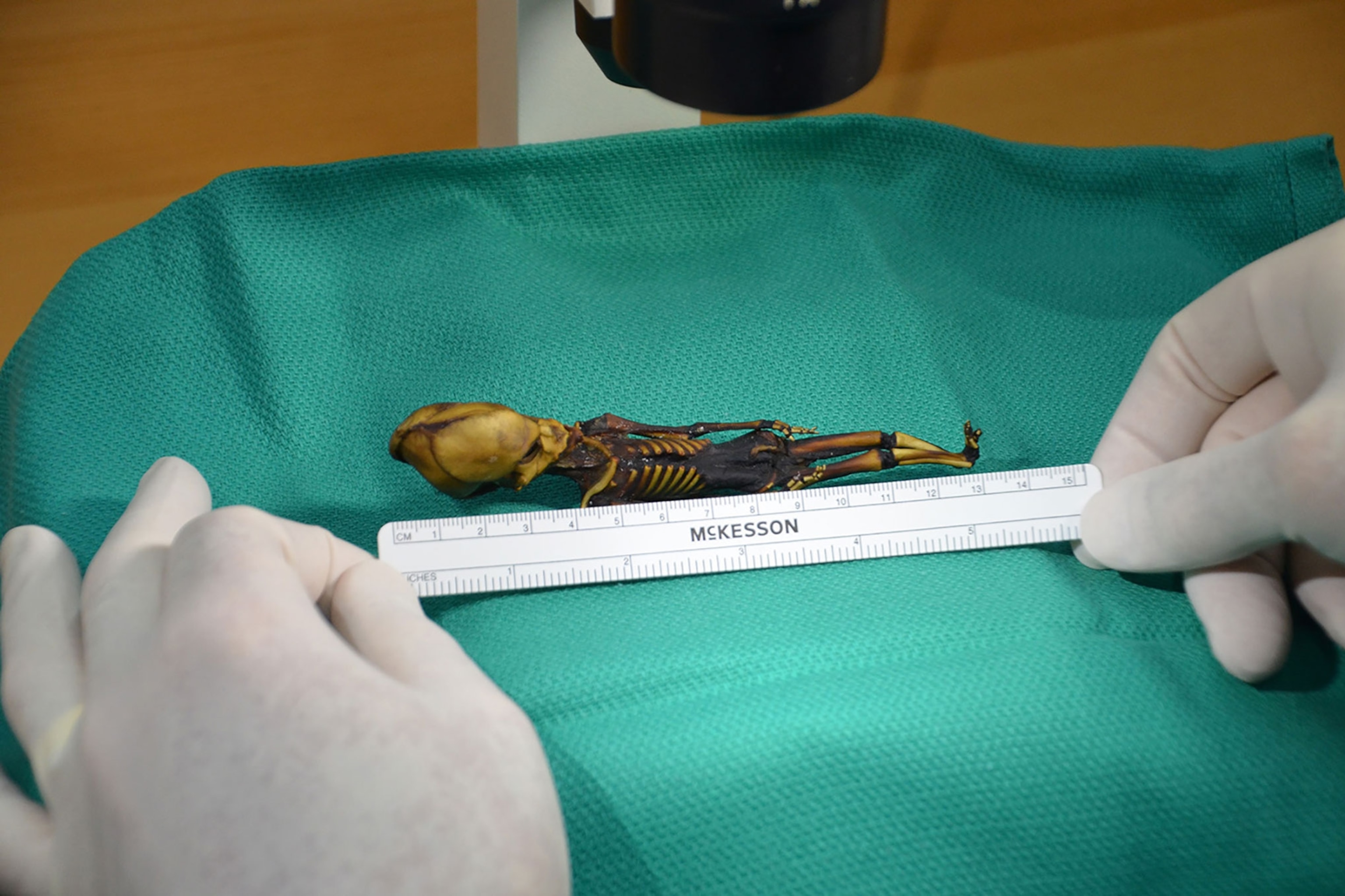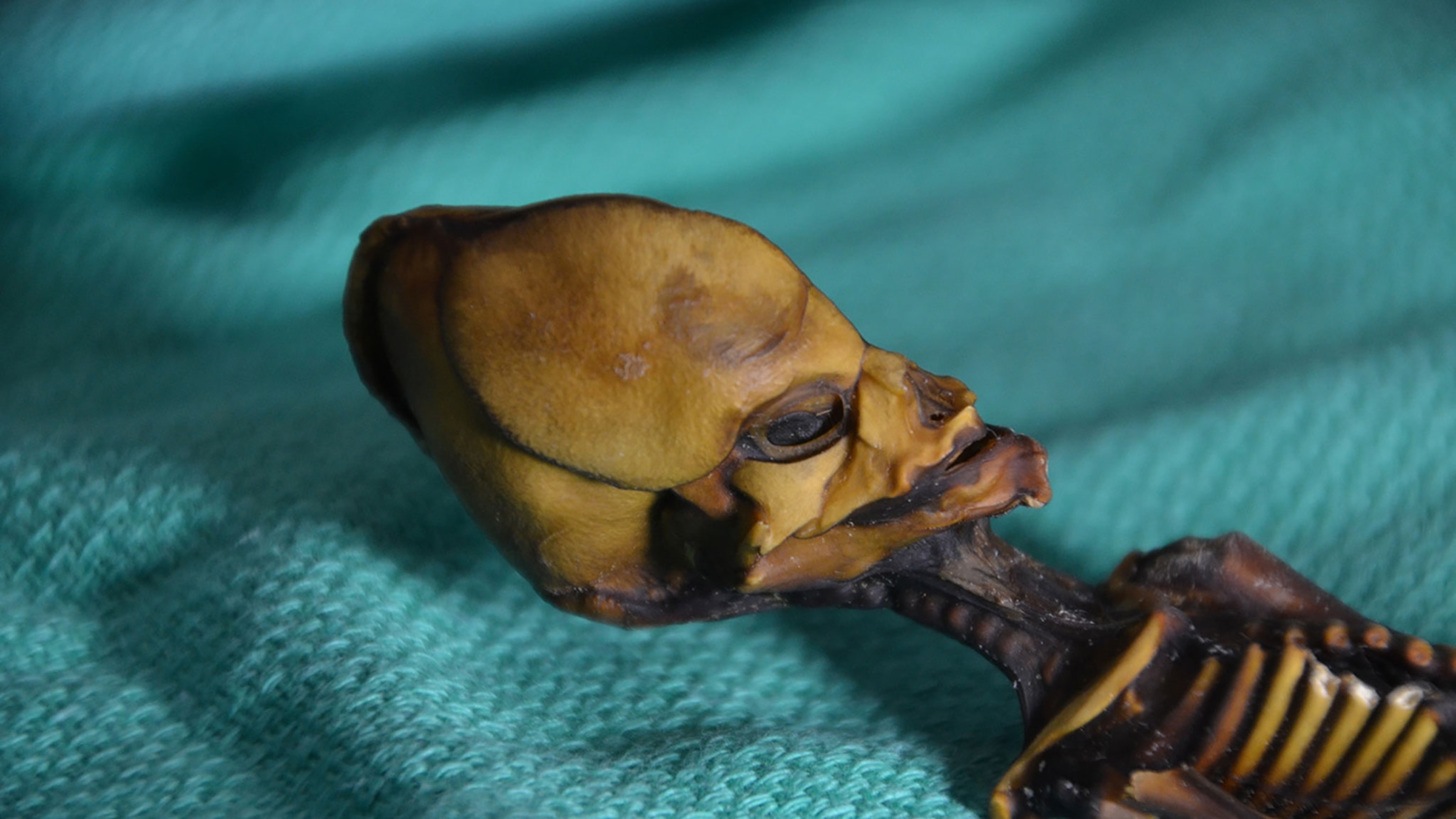The origins of Ata, a six-inch tall mummified infant, have long sparked debate and speculation. With her conical-shaped head and unusually hard bones, some have proposed that she may be of extraterrestrial origin. However, a recent study published in the journal Genome Research seeks to dispel these theories, providing a scientific explanation for Ata’s distinctive physical traits.
Table of Contents
ToggleDiscoveries of the ruins found in Ata

Unraveling the Genetic Abnormalities

The Importance of Genetic Disorders

While disruptions to individual genes have been observed and understood by scientists, the simultaneous disruption of multiple genes, resulting in such an unusual Ata specimen, is an extremely rare occurrence that has left the expert community deeply surprised.
Ata’s case stands as a poignant reminder of the intricate realm of genetic disorders and their capacity to manifest in uncommon physical traits. Experts underscore the propensity for misinterpretation that arises in both archaeological and scientific inquiries, particularly when genetic disorders come into play. This nuanced understanding is crucial in navigating the complexities of such investigations. An ongoing illustration of these challenges is evident in the discourse surrounding the “hobbits” unearthed in Indonesia. Here, the line between genetic anomalies and distinct species blurs, highlighting the formidable task of distinguishing between the two in scientific discourse.
